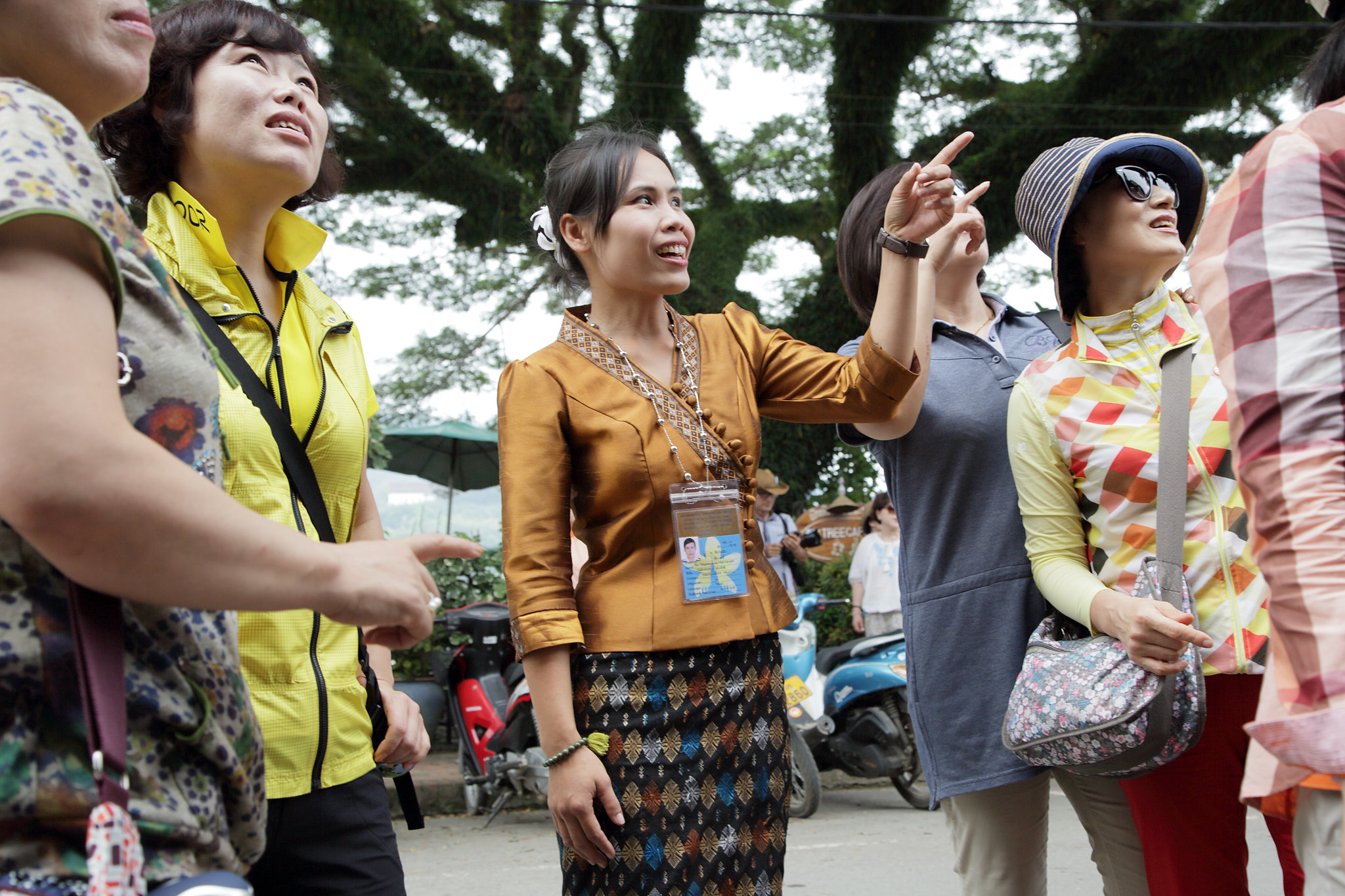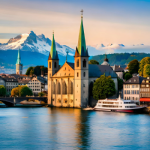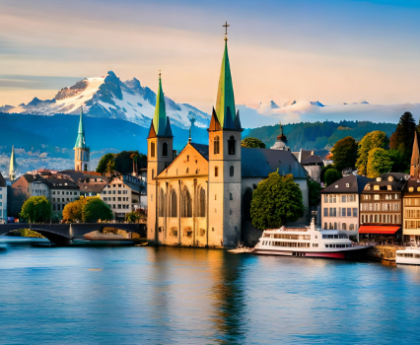
Looking at the distribution of employment across different tourism industries allows us to identify and group countries with available data by categories that transcend, or supplement, the usual regional and income groupings used in our analyses. Specifically, depending on the industry cluster that employs a large share of the sector’s workforce in different countries, we identify four groups as follows:
Group 1: where accommodation accounts for the largest shares of tourism workers, and the travel logistics cluster can be important as well. This first group largely consists of tourism dependent small island nations (e.g., Caribbean islands, Pacific islands and other island states like the Seychelles, Mauritius and the Maldives). In these countries, tourism industries account for very large shares in employment, and the accommodation cluster – particularly short-term accommodation – accounts for the highest shares of the tourism workforce, reflecting the largely international markets served by these destinations. The travel logistics cluster (e.g., travel agencies and tour operators, and reservation services and related activities) which constitutes a small share of tourism employment in most countries, can be relatively high in some group 1 countries including in countries known for being ‘travel hubs’ such as the United Arab Emirates.
Group 2: where restaurants and food and beverage services account for the largest share of tourism employment. These tend to be lower-middle and upper middle-income countries with both large international and domestic tourism markets. In many middle-income countries in Latin America and in Southeast Asia, the tourism sector accounts for high shares of total employment, but much of this employment is in the restaurants and food and beverage services industries, often followed by transportation (primarily by land) which cater as much – or at least as much – to local, domestic consumption, in addition to international tourism.
Group 3: where land transportation accounts for the largest share of the tourism workforce. In these countries, the inclusion of land transportation among tourism industries significantly increases the employment share of the sector. This group’s countries are primarily low or lower-middle income countries in Africa and South Asia and Southeast Asia. It also includes some lower middle and upper-middle countries from the Arab States (e.g. Lebanon, Iraq, Jordan).
Group 4: where arts, culture, sports and recreation account for a significant share of the tourism workforce. In these upper-middle- or high-income countries mainly in Europe, the largest share of the tourism workforce is employed in restaurants and food and beverage services. Arts, culture, sports and recreation represent the second cluster of industries in terms of employment share.
This post was originally published on 3rd party site mentioned in the title of this site








